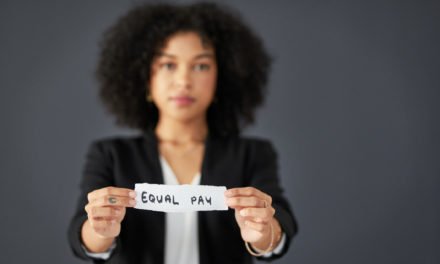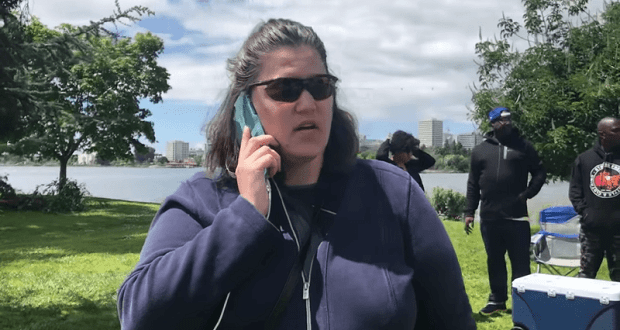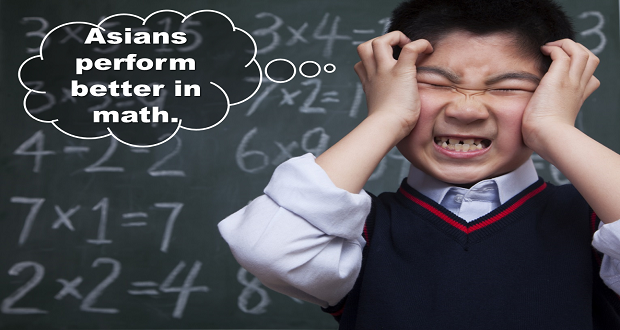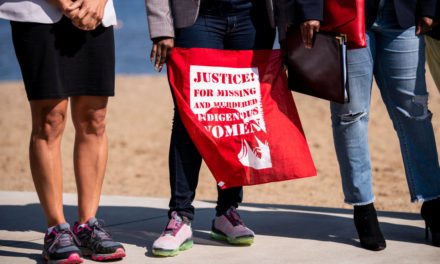Last week, we talked about the limits of bottom line D&I and how true inclusion is people-centered over profits-oriented. Part of being people-centered is being aware and concerned about people’s safety, primarily—in this context—their psychological safety. People will only bring their full selves to work if they feel safe. But beyond that, in order to foster inclusion in a way that involves not just showing up but connecting with others, we have to help folks feel brave.
Psychological safety describes individuals’ perceptions about the consequences of interpersonal risks in their work environment. Employees who are psychologically safe feel freely to speak up about problems and sometimes sensitive issues. One’s perception of psychological safety is based on a belief about the group norm.
For example, an employee who identifies as part of the LGBTQ community at a company with no policies, programs, or protections for LGBTQ employees (28 states currently have no employment non-discrimination laws covering sexual orientation or gender identity and 3 states have laws prohibiting such laws) might assume that at best, the group norm revolves around straight, cisgender identity. At worst, they might assume the norm is homophobia.
This employee may not feel psychologically safe talking about his identity and perhaps even their relationships or other aspects of their personal life out of fear of being outed. To create that sense of safety and to encourage organizations to think about the safety of their employees who might be in similar situations, we first have to create a space for people to be brave.
Much has been written about the merits and pitfalls of “safe spaces”. Are we coddling our youth, creating a culture that’s too “PC” to be honest, or are we filling a need for people who need space away from daily microinequities and oppression? Are these spaces truly “safe” or are they creating a false sense of comfort in a world that requires resilience? Instead of adding to this debate, which can be found in all corners of the internet where millennials and GenXers converse, it may be more helpful to change the way we think about safety, comfort, and the potential for courage and connection.
The typical narrative is that people have to first feel safe before they can be brave. But what if the order was the opposite? What if we have to create spaces where people can be brave so that we can all eventually feel safe? To be clear, I am not suggesting that people, particularly those from marginalized groups, have to risk being misunderstood, ridiculed, or otherwise outed in order for people to feel safe. However, I am suggesting that until we address the roots of psychological danger—dominant,exclusive mindsets and policies—r by creating spaces in which everyone is encouraged to delve into their own discomfort and learn about who they are, who others are, and how we can be bridges for one another, we will not be able to create sustainably safe places.
A brave zone, as Mary-Frances Winters defines it in We Can’t Talk About That At Work: How to Talk About Race, Religion, Politics, and Other Polarizing Topics, “encompasses a safe zone but goes further because it gives you permission to be courageous in saying things that might be uncomfortable.”
By that definition, it could be considered brave to ask questions of yourself – about your identity, your culture, your biases. It could be brave to explore how you relate to your cultural others and how you are able, or unable, to bridge gaps in cultural understanding. It could be brave to simply have conversations with those whose views are different from yours and to be inclusive of those views anyways (unless those ideas are harmful to you or anyone else). It could be brave to delve into some of the ways in which you have been marginalized or marginalized others and to see those instances against the backdrop of inequitable systems.
If this is bravery, then bravery leads to safety. Once you’ve been able to share deeply about who you are and what you believe in, even with those you’d never thought you would agree with, perhaps you’ll see that the possibilities for human connection go beyond what you could have imagined in this polarized world. In the end, the conversation about safe spaces should not be a battle between those who feel unsafe and those who don’t. Rather, it should be a conversation about how we can all benefit from being brave enough to stand in who we are and see the person across from us in all of who they want to be. Ultimately, we will all feel safer when we are no longer strangers to ourselves and to each other.



















